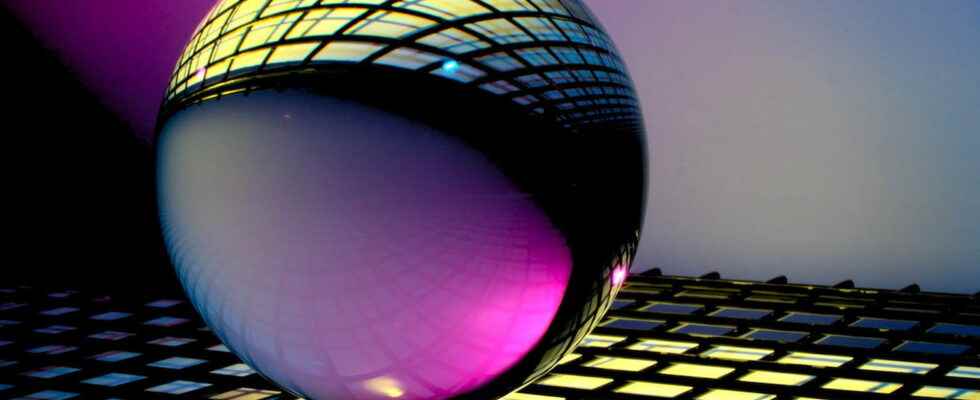OpenAI, the company behind ChatGPT and DALL-E, has plenty of projects in store! After text, images and 3D objects, the company is tackling AI video generation. An ambitious project that will take time…
OpenAI continues its conquest of the artificial intelligence sector, and nothing seems to be able to stop it in its incredible rise! The company behind the incredible ChatGPT, the conversational chatbot that fascinates the Internet with its ability to produce unique and comprehensive answers to queries submitted to it by users, is diversifying its creations. It has also developed DALL-E, which is able to generate an image – whether realistic, artistic, poetic, funny or disturbing – in seconds from a text command, as well as Point-E, which creates 3D – three-dimensional – color images using simple text prompts – it’s the fastest software in this field to date.
If all its AIs are incredible, OpenAI does not intend to stop there. Sam Altman, CEO and co-founder of the firm, gave an interview of almost an hour to StrictlyVC, a media covering news from Silicon Valley, to discuss the future of the company. In particular, he discussed the evolution of the language model on which ChatGPT is based, which currently runs with GPT-3. And it’s doing well, because there are a lot of rumors going around the web right now about GPT-4, that it will contain 100 trillion parameters and be released in 2023. Sam Altman urges everyone to lower their expectations, saying that GPT -4 will be far less revolutionary than rumors suggest, and that ChatGPT 4 should be a simple evolution of ChatGPT3. And that might not be so bad, given that conversational AI faces many ethical problems, such as student cheating – OpenAI is also working on a way to differentiate the texts produced by its artificial intelligence from those written by a human – or its use for hacking. This is why Sam Altman prefers “disappoint people” and wait before publishing a new version “safely and responsibly”. On the other hand, he reveals that another project is underway, and not the least: an artificial intelligence programmed to generate videos from textual commands.
OpenAI: artificial intelligence is coming in droves
Sam Altman didn’t give many details about his new tool. According to him, “people are interested” to the prospect of a video-generating AI. The project is already in the boxes and it could be accessible “soon” to the general public, although “it might take a while.” It therefore remains very measured for the moment and is content to tease us with the new tool without too much precision. We can imagine a more ambitious version of DALL-E, which is already rather impressive in itself. Note that OpenAI is not the first to embark on this path. Indeed, Meta had unveiled a similar project last year that relies on an AI trained from a machine learning model and a huge image database. It is currently only accessible to beta testers. In any case, if this tool sees the light of day, there is no doubt that it will be of great interest to Microsoft.
Indeed, the Redmond firm has invested heavily in OpenAI. After having paid him a billion dollars in 2019, she is preparing to invest this time 10 billion dollars. This allows it to benefit from an exclusive license on GPT-3, the language model behind revolutionary artificial intelligence, and to integrate the various AIs into its services, such as its Bing search engine, its Microsoft 365 office suite and its new Microsoft Designer application. Note, however, that the partnership with Microsoft is not exclusive, which means that OpenAI is in theory free to sell its technology to other companies. Such advances are of great concern to competitors, who have redoubled their efforts to develop their own technologies. Google has notably declared a “red code” in order to reorganize its teams and move forward on its AI projects. The Mountain View firm also relies heavily on Sparrow, a cat similar to ChatGPT, to maintain its leading position. We may know more at its Google I / O conference in May.
